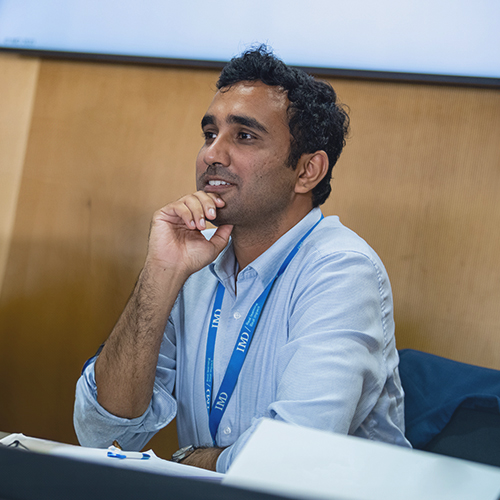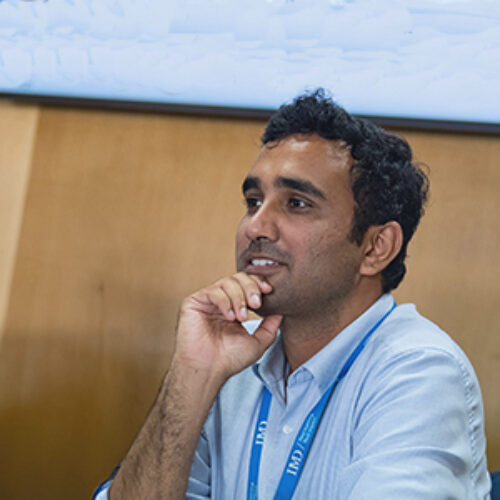The Climate Policy Initiative estimates that total climate funding needs to meet $8tn by 2030. Questions abound about how financial sponsors can support achieving climate transition and profitability at the same time. How quickly, it is asked, can we scale the financing that is needed and ensure that it reaches the tech, projects, and asset classes where it can make the most difference?
One thing is for certain: looking to the private sector to deliver the vast majority of the money needed – as is being done – is just not going to fly. Instead, companies need to innovate with new business models and the only way they can get there is through regulation. Otherwise, governments need to chip in and, as private-sector investors put it in a somewhat cynical way, “de-risk” the portfolios
An approach that focuses on additional risk factors
Can we pursue climate and sustainability goals without sacrificing returns? Researchers have been asking this question for the last five years. The common view used to be that if you invest in a sustainable fund, you earn higher returns. I think it is safe to say we now know this is not the case, even in a market-risk-adjusted way.
We have, however, moved to another extreme: this idea that returns will need to be sacrificed but for a different reason: purpose, the common good, the “right” thing to do. This take is problematic not in its extremity per se but because it calls for a new type of economic system that doesn’t exist – yet.
I believe we should, instead, see carbon investing – CO2, oil, gas, the lot – as additional risk factors. Leaders might try saying, “We may decide to invest in a sustainable fund with impact, but this means we are giving up return and risk. We may end up better off but, equally, we may be worse off.”
We must realize that impact investment presents trade-offs; it’s about either rejecting or taking on additional risks.
Why strategizing over impact investing is not just an academic pursuit
The theory is one thing but there are multiple players with different interests operating in the world of impact investing, lending extra complexity. “We have to live with the reality that the climate agenda is founded on policy. [Add to this that] we are living in one of the most complex – though not necessarily the most dangerous – geopolitical times because there are more relevant stakeholders and there is more interconnectedness,” says Neil Brown of global investment firm KKR.
For one, banks get involved, looking at how they can support efforts. Sophia Oumary of First Abu Dhabi Bank says they ultimately look to provide more of a long-term vision than public markets, and to bring much-needed structure to projects, always circling back to the goal of making them more flexible.







 Audio available
Audio available